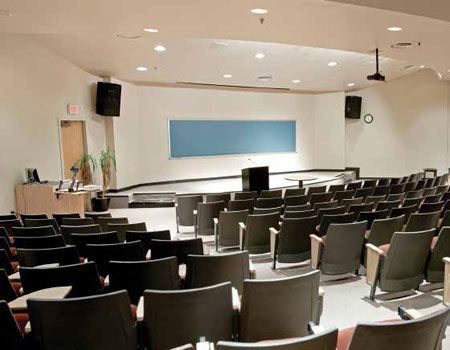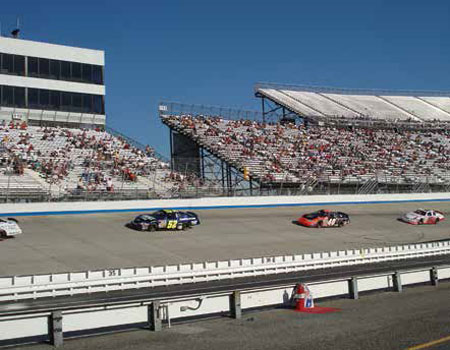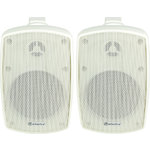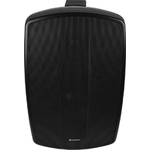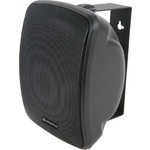Public address systems
A public address system is a means of sound reinforcement for relating speech and audible information to a group of people. The setup may vary from a single portable amplifier in a small room to an intricate multi-room zoned system with multiple speaker arrays.
Since each public address venue will have its own characteristics, there are many different speaker types and installation methods depending upon the architecture of the building, ambient noise levels and coverage requirements. The key demands from any public speaker are efficient speech delivery and wide area coverage.
Typical venues include: schools/universities, medical centres, market halls, airports, train stations and places of worship.
